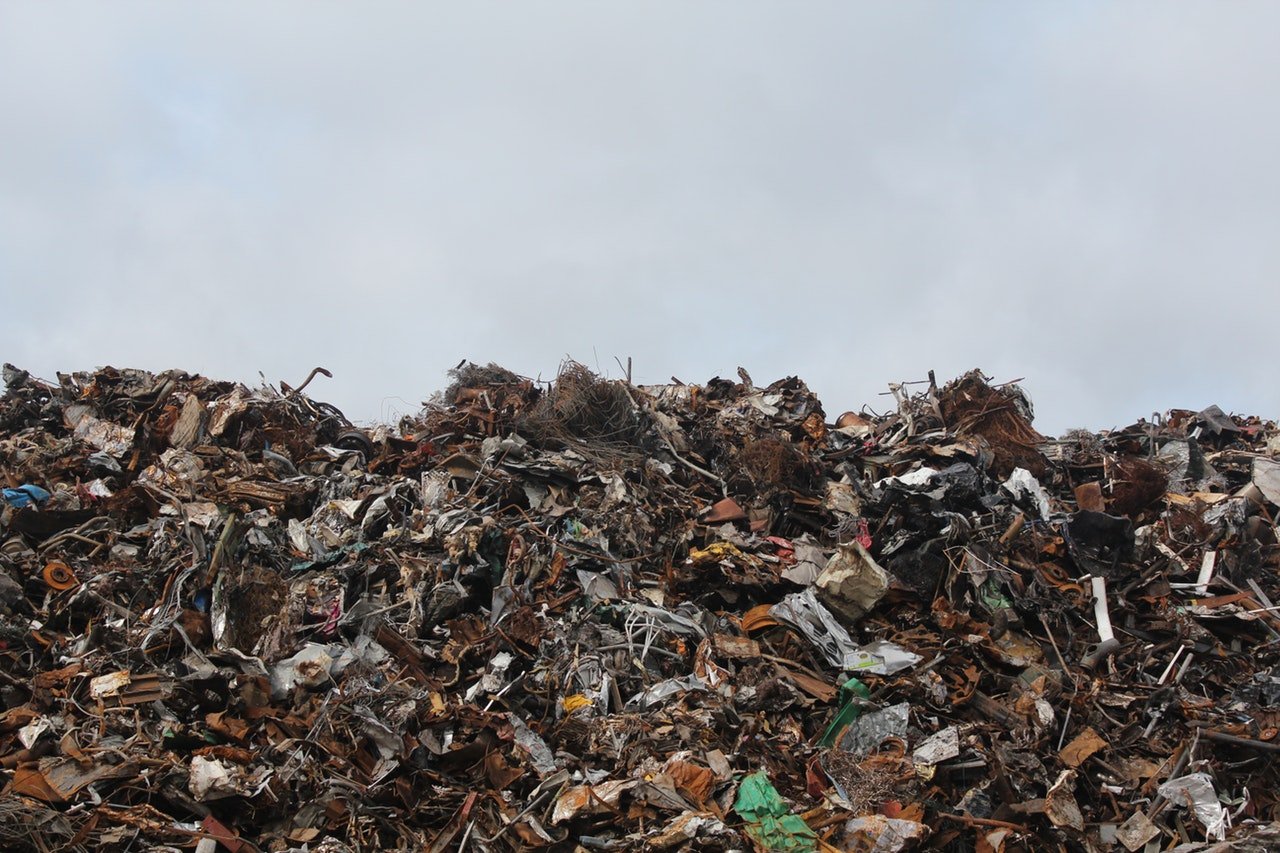Recently, on Reddit, a post was made that parroted the title of an article from The Architect’s Newspaper. That article was titled “EPA is now allowing asbestos back into manufacturing.”
Without seeing any facts at all, about what do you think the odds are that this statement is true? At least, true in the unrestricted way in which it is written?
If you think those odds aren’t that great, then congratulations. You’re a step ahead of where I was at the same point.
No, I didn’t realize that there was something wrong until I found this comment in the Reddit thread.
Wait . . . the EPA will no longer do what?
There’s no way that was in the original article. If that little bit at the back of your brain that suggests something’s not true even if you have no proof isn’t going off yet, well, it probably should be.
Okay, it’s in the article.
And that quote does come directly from the linked Fast Company article.
So, we have two questions that need to be answered
- How significant is it that asbestos will be manufactured again in the U.S.?
- Is it true that the EPA will no longer test for it? Because that sounds crazy.
Let’s get one thing out of the way right off the bat: asbestos isn’t banned in the United States. It’s restricted. Which, admittedly, sounds semantic.
But, it’s important, because if you’re like me, you assumed it was banned.
According to Asbestos.com, these are the pieces of legislation that restricted asbestos use:
- The Clean Air Act of 1970 classified asbestos as a hazardous air pollutant and gave the EPA the power to regulate the use and disposal of asbestos. Spray-applied asbestos products were banned with the passage of this act.
- In 1976, the Toxic Substances Control Act (TSCA) provided the EPA with the authority to place restrictions on certain chemicals such as asbestos, radon, and lead-based paint.
- The Asbestos Hazard Emergency Response Act of 1986 (AHERA) made the EPA establish standards for inspecting and removing asbestos in schools.
- In July 1989, the EPA issued the Asbestos Ban and Phase-Out Rule (ABPR), which planned to impose a full ban on the manufacturing, importation, processing, and sale of asbestos-containing products.
However, in 1991 the ABPR was overturned by the Fifth Circuit Court of Appeals, because “the EPA failed to demonstrate that a ban was the ‘least burdensome alternative’ to regulating asbestos . . . “the ban could apply to asbestos products that were not being manufactured, processed or imported on July 12, 1989, which was the day the EPA announced the ABPR”
Six categories of asbestos were banned: flooring felt, rollboard, commercial paper, corrugated paper, specialty paper, and new uses of asbestos.
Again, according to Asbestos.com “all other uses of asbestos . . . are legal.”
Despite this fact, asbestos use in the United States has declined over the years, probably because it’s a horrible, horrible carcinogen, and no one wants to work with stuff that gives them cancer.
In fact, only one domestic industry still uses asbestos in its manufacturing process. “In 2016, the EPA noted that 340 metric tons of chrysotile asbestos were imported and all of it was consumed by chlor-alkali plants.” We know this accounts for 100% of asbestos use because the U.S. imported 340 metric tons of asbestos in 2016, and also because “[t]he last U.S. producer of asbestos ceased operations in 2002 as a result of the decline in U.S. and international asbestos markets associated with health and liability issues.”
For context, this is down from 1,610 metric tons imported in 2012.
You may still have products with asbestos in them, but they would have been made outside the country where safety laws are laxer. Import of these products appears to be legal if they contain no more than 1% asbestos, as they are not considered to “contain asbestos.”
That . . . doesn’t make sense. But, moving on.
The chlor-alkali plants that use asbestos use it as a diaphragm in a process used to create chlorine, caustic soda, and hydrogen. It is used primarily to prevent reactions between the chlorine and caustic soda until they can be separated.
There are two alternatives to using asbestos. The first is to use mercury, which has the same downside, and the second is to use a newer, polymer-based membrane. Transition in old factories to the polymer system is limited by the fact that doing so would cost “40 – 50% of the cost of opening an entirely new plant.”
So, there is a market for about 340 tons a year, though, still-existing economic forces have already driven all U.S.-based manufacturers out of business. So, even if you could now apply to produce asbestos or stuff with asbestos in it, I’m not sure there’s a demand. I figure as long as you’re not planning to drink industrial chlorine, caustic soda, or hydrogen, you’re probably going to be okay.
I went back and read the EPA’s report on asbestos to try and understand why they would no longer consider the effects of asbestos in the air, ground, or water.
And, they actually lay out their reasoning pretty plainly.
“As a general matter, EPA believes that certain programs under other Federal environmental laws adequately assess and effectively manage the risks for the covered exposure pathways. To use Agency resources efficiently under the TSCA program, to avoid duplicating efforts taken pursuant to other Agency programs, to maximize scientific and analytical efforts, and to meet the three-year statutory deadline, EPA is planning to exercise its discretion under TSCA 6(b)(4)(D) to focus its analytical efforts on exposures that are likely to present the greatest concern and consequently merit a risk evaluation under TSCA, by excluding, on a case-by-case basis, certain exposure pathways that fall under the jurisdiction of other EPA-administered statutes.”
Basically, they’re saying that acts such as the Clean Air Act, the Safe Drinking Water Act, the Clean Water Act, and the Resource Conservation and Recovery Act, already require measurement of asbestos pollution, and have any potential pollution under control.
Essentially, the EPA is excluding asbestos from its future risk analyses because those other acts already require it to be monitored, and there are other chemicals that deserve more attention and the resources that would have been spent on asbestos are better spent on those chemicals.
There’s not really a nice way to tie this all together.
First, I’m going to say that your concern about asbestos generally doesn’t need to be that high unless you live or work in an old building that has asbestos in the walls.
Second, made-in-the-U.S. products should be generally safe, though foreign products may contain less than 1% of asbestos without any kind of warning.
Third, there are people and journalists at Fast Company and Architectural Newspaper who may lie to you. I don’t know if it stems from a misunderstanding of the problem or a conscious decision to mislead, but the articles they published do appear to be misleading.
Like I’ve said before, you have to be careful about what people in the media tell you. It’s not always completely true. Which is too bad.
If you liked this article, be sure to check out:
Is the Media the Enemy of the People?
Jessica Price and the Attack of the Mansplainers
The Plane is Cold and Another Story



